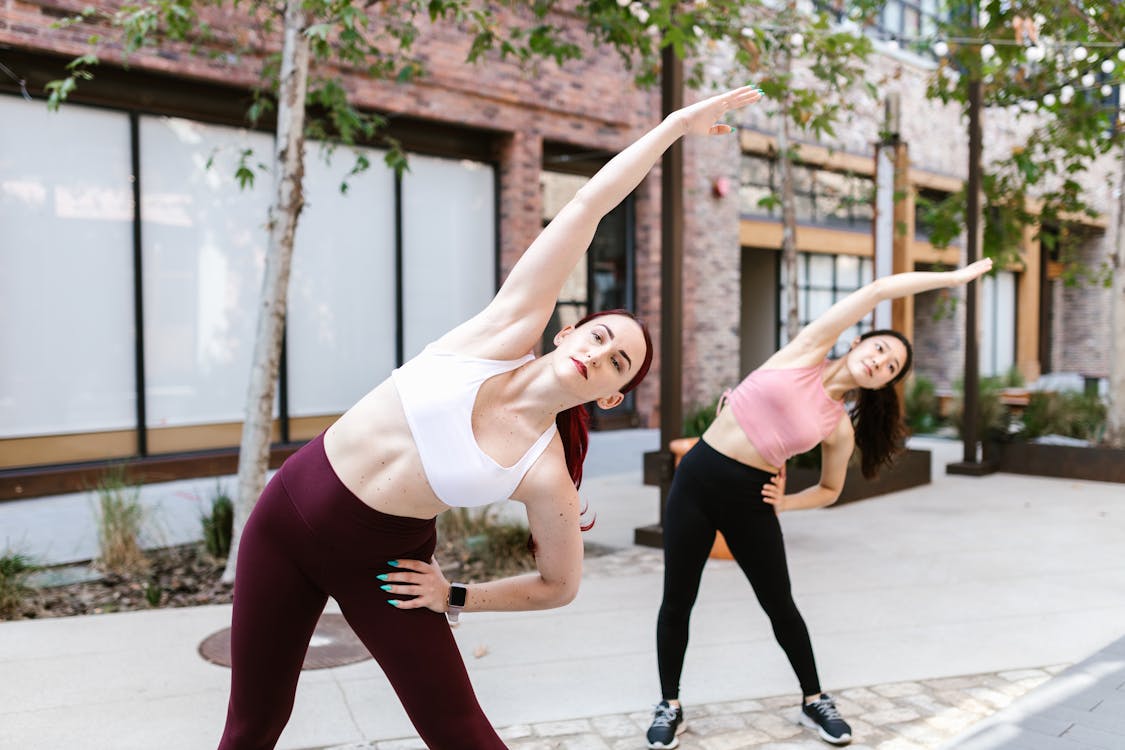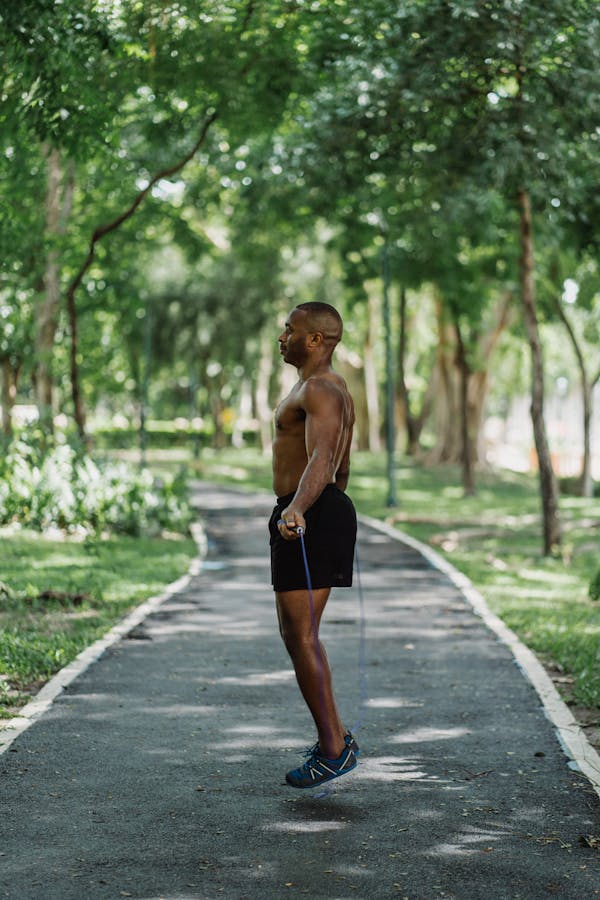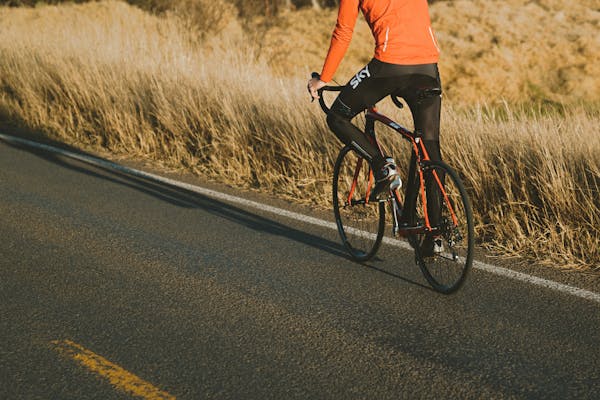Imagine this: It’s 6am in the morning, the sun is shining, the birds are chirping, and a gentle breeze touches your skin. You take a deep breath, filling your lungs with fresh air as you gear up your favorite running shoes.
Sounds enticing, right?
Whether you are a gym rat or a regular fitness enthusiast, there’s no denying the incredible benefits of exercising outdoors to your overall fitness experience. You might even be surprised how taking your workout outside can multiply the effect of your exercises!

This article will discuss the physical and psychological benefits of exercising outdoors and what type of exercise is best for outdoor workouts.
Benefits of Exercising Outside
Everyone has their preferred best time to work out. If you are a morning person, then this is for you.
Exercising is proven effective in keeping you physically and mentally healthy. But taking your workout outdoors can be exciting and provide many benefits you can’t get inside the gym.
Great source of vitamin D
When you exercise outdoors, you’re working your muscles and soaking up essential vitamin D from the sun. This improves your immunity and reduces the risk of injuries, especially if you are physically active.
If you aren’t spending a bit of your morning routine under the sun, there’s a high chance that you are vitamin D deficient. Based on statistics, about 50% of the population lacks the required vitamin D for optimal health. This deficiency can lead to bone problems later in life.
Fights insomnia
Are you suffering from poor sleep quality? Studies found that when you are exposed to sunlight in the morning, your melatonin production occurs sooner, allowing you to enter sleep more easily. The hormone melatonin helps your body to identify when you need to wake up and when you need to rest and slumber.
Alleviates pain
If you have migraines, back pains, and other chronic pain, walking in the park might be a lot of help. According to Environmental Research, spending time in greenspaces and natural settings can help improve the pain experience and symptoms.
Exercising outdoors can be a cost-effective pain therapy and help you connect with nature. The combination of vitamin D exposure, physical exercise, and possible social interaction reduces pain symptoms.

Freedom is priceless
Unlike indoor gyms, outdoor workouts provide a boundless environment and can reduce the pressure that some people may feel in a gym setting. The sense of freedom and abundance of open space is always appealing and soothing to the mind.
Plus, you can enjoy the benefits of nature and outdoor exercise with no added cost anytime you want.
Elevates your mood
Outdoor exercises can uplift your mood and reduce symptoms of anxiety and depression. In addition, walking outside and being under the sun can ward off seasonal affective disorder (SAD), a type of depression associated with low sunlight exposure, which often happens during fall or winter.
Studies have shown that your brain tends to have higher serotonin levels on bright and sunny days. Serotonin is a feel-good hormone that stabilizes your mood, which improves your mental health.
Provides challenges
Whether you are jogging, running, or biking outdoors, the environment varies and can be unpredictable. As a result, you’ll encounter different inclines, curbs, and other obstacles that will force your body to work harder, which is excellent to spice up your routine and prevent overtraining and plateau in your fitness progress.
In addition, factors such as terrain, temperature change, and wind resistance can increase your energy expenditure. This means you are more likely to torch more calories and cut off belly fat in the long run if you take your workout outside.

Better air quality
Indoor air can be significantly more polluted due to poor ventilation and off-gassing from furniture, gym equipment, and building materials. By exercising outdoors, you’ll breathe fresh oxygen straight from nearby plants and trees and expose your lungs to cleaner air.
Fresh, oxygen-rich air is crucial for proper lung and heart functions, especially during physical activities. The increased oxygen levels outdoors can improve exercise performance. This is why elite athletes train outdoors for their endurance exercises and routines.
Enhances variety and experience
Outdoor exercises provide unique and diverse opportunities to experience fun and challenges with friends that a gym setup can’t offer. Sporting activities such as trail running, hiking, and outdoor boot camps are great ways to create exciting new memories while staying fit and healthy.

Biking
If you do not like GHD machines or Roman Chairs, then biking can do the trick. Biking targets the big muscles of the quads, glutes, and hamstrings, which are often neglected in the gym. It is a stress-relieving activity and an excellent exercise for the heart and lungs. If your city supports bike lanes, you can commute to work riding your bike!
Calisthenics
If you want a more functional workout that increases your strength and improves your overall physique, head to your local park and do some bodyweight exercises.
Remember, all you need is your own body to start exercising. A bench can serve as your platform for tricep dips, incline push-ups, and Bulgarian split squats. A monkey bar can be your pull-up bar and muscle ups. Just be creative and enjoy your freedom!
High-Intensity Interval Training
If you are in a hurry but want to maximize your fitness gains, then High-Intensity Interval Training (HIIT) is for you. It is an intense workout that prioritizes the speed or intensity of your movements with minimal rest time, allowing you to double the calorie you burn in less time.
Try running for 1 full minute and then walking for 30 seconds. Repeat this cycle for as many as you like. You can also do circuit training by adding some squats or push-ups in the cycle.